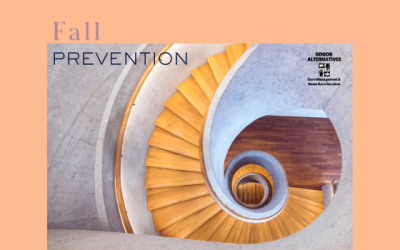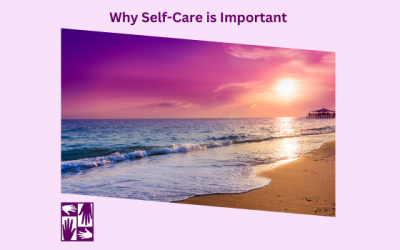November 1, 2021

Did you know that more than one in five of the people in the United States who has diabetes doesn’t even know they have it? According to the American Diabetes Association (ADA), that’s 7.3 million people — out of a total 34.2 million — who aren’t aware they’re living with the disease and all the health risks that poorly managed blood sugar can pose. No wonder an awareness month is needed for diabetes.
This health condition affects everyone, but it disproportionately affects Black, Indigenous, and People of Color (BIPOC) communities. The Centers for Disease Control and Prevention (CDC) reports that prevalence of diabetes diagnoses is 14.7 percent among American Indians/Alaska Natives, nearly double that of white people (7.5 percent) in the United States. Diabetes has also been diagnosed in 12.5 percent of Hispanic people, 11.7 percent of non-Hispanic Black people, and 9.2 percent of non-Hispanic Asian people.
Understanding Diabetes
Diabetes puts people at risk for nerve damage, cardiovascular disease, foot and limb injuries, vision problems, and other complications that arise from having uncontrolled blood sugar, as the U.S. National Library of Medicine’s MedlinePlus guide cautions. Not to mention, diabetes raises a person’s risk of developing serious COVID-19, per the CDC.
That’s why understanding diabetes and how to manage it is more important than ever. Also known as diabetes mellitus, it’s actually a group of metabolic disorders that cause your blood glucose (sugar) level to be higher than it should be and therefore prevent your body from properly using energy that comes from food and beverages, per the Cleveland Clinic.
Types of Diabetes
The major types of diabetes are:
Type 1 Diabetes An autoimmune disorder that typically begins before adulthood, in which the immune system destroys cells within the body that make insulin, a hormone that regulates blood sugar
Type 2 Diabetes A disease that usually begins in middle age, which results when the body isn’t able to use insulin properly to regulate blood sugar
Gestational Diabetes A condition during pregnancy in which the body doesn’t use insulin properly, similar to type 2 diabetes.
Which Type of Diabetes Is Most Common?
Up to 95 percent of cases are type 2 diabetes, and most of the rest are type 1 diabetes.
Diagnosing Diabetes
Even more important than knowing the statistics about diabetes is understanding the numbers used in its diagnosis and how they apply to you. According to the Cleveland Clinic, you could be diagnosed with a version of the disease if:
Your blood glucose after fasting (and before a meal) tests at 126 milligrams per deciliter (mg/dL) or higher.
Your random blood glucose is 200 mg/dl or higher.
You receive a result of 6.5 or higher on the hemoglobin A1C test, which shows how much glucose has attached to the hemoglobin in your red blood cells, on average, over the past three months.
Or you may have prediabetes if your fasting blood glucose is 100 to 125 mg/dL; your random glucose is 140 to 199 mg/dL; or your A1C is in the range of 5.7 to 6.4, notes the Cleveland Clinic.
The CDC estimates that in the United States 88 million people have prediabetes, and 84 percent don’t know they have it.
Managing and affording diabetes gets harder as you get older, especially if you have cognitive impairment. Having a care giver in the home that can help maintain diet and exercise can help manage diabetes. You can also get assistance from a care manager to help manage doctor’s appointments and help you stay on track with management or prevention.
#seniorhelpers #athomecare #homecareproviders #elderlyassistance #seniorhomecare #caregiver #elderlycare #elderlyservices #homecareservices #careagency #careagency #seniorassistance #servicesforseniors #careathome #inhomecare #careinhomes #careservices #elderlycaregiver #memorycare #homecare #seniorcare
If you would like to join the Senior Alternatives team, we invite you to reach out to us! You can also make a donation directly on our team’s page. The more we can raise for researching this fatal disease, the closer we come to finding a cure!
Related Articles
September is Fall Prevention Awareness Month
As we get older, a simple trip or fall can have serious consequences, impacting our mobility and confidence. The good news is that most falls can be somewhat preventable, read on for more tips…
Funding Options for Older Adults
This guide will walk you through the many ways to pay for senior care and support, it will show how families and elders can supplement care and senior housing.
International Self-Care Day 7/24
The date, 7/24 symbolizes the idea that self-care should be practiced 24 hours a day, 7 days a week. It’s a gentle nudge to make self-care a daily priority, not just a once-a-year activity. Read more on ways to create a self-care plan.





